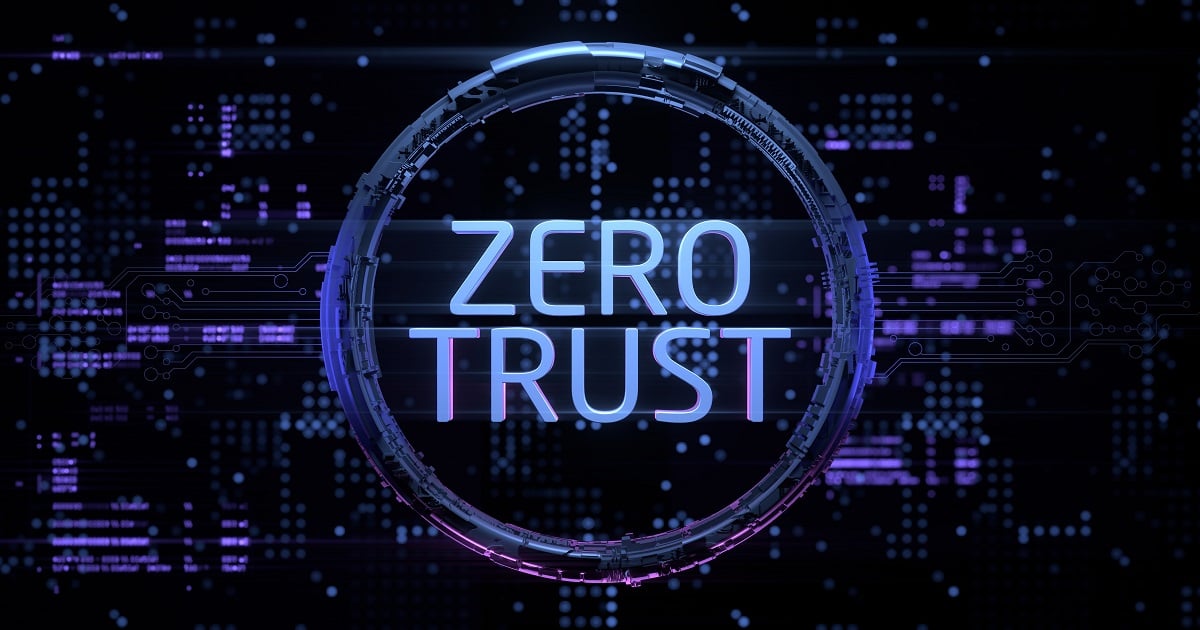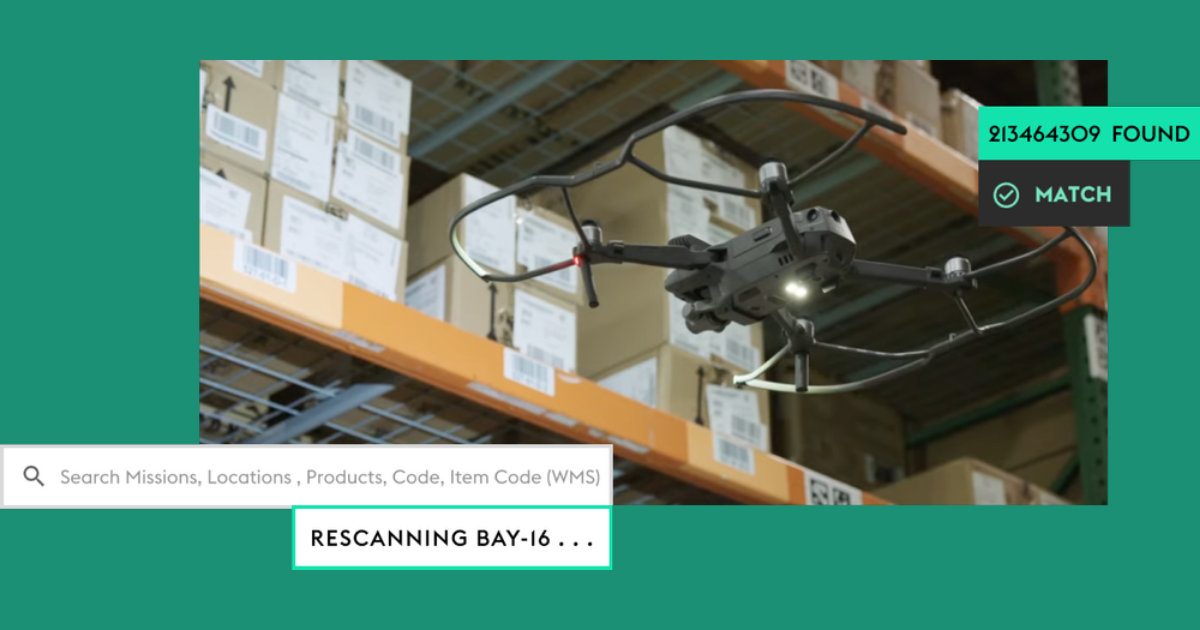
In the fiercely contested LPWA arena, the general view is that it is not a case of ‘winner-takes-all.’ Instead there will be a mixture of unlicensed and licensed (i.e. cellular) solutions. Unlicensed solutions such as LoRa are finding some traction in campus-type islands but for nation-wide and international deployment, the licensed cellular technologies have the upper hand. In particular, for the mass-market IoT, the highly optimized NB-IoT cellular standard is likely to get the lion’s share. The reasons for this view are pretty clear: it can operate in 2G, 3G and 4G bands without need for gateways, it provides good indoor coverage, it has low power consumption and is very cost-efficient. In fact the original official standard, release 13, wasn’t as power-efficient as it could have been, using low communication speeds to minimize power. Release 14 improved through a run-fast-then-stop approach, delivering higher speed with reduced energy consumption and making the case for NB-IoT even more clear.
So if NB-IoT is winning, why isn’t activity, from chip makers to module makers, accelerating? This is pegged to be a $6 billion market by 2025 so you would think at least the earlier participants in this value chain would already be gearing up. Some are, like Nurlink who are working with China Mobile and have demonstrated a first over-the-air NB-IoT call. Huawei is already delivering product in volume, which shouldn’t be surprising, since China is expected to be promote major growth in IoT applications for utilities and other domains. But many silicon vendors, even in China are still hesitating; few, apart from Huawei and RDA (UniSoc), are shipping in volume.
In Europe, over 100 operators across 19 countries now offer support for NB-IoT, though again information on deployments at scale seem harder to come by (there are pilots in Norway for example). Similarly in North America, MNOs already claim support but it’s much harder to find information on deployments; whoever is working with the standard seems still to be in trial mode or at least keeping their deployment quiet.
Why is this moving so slowly? There may be multiple factors. When it comes to upgrades, many target applications are in Industrial IoT (IIoT) installations, already based on 2G. 2G units are super-cheap so there may not be enough pull to switch until that support is shut off. For MNOs in the US that may happen by next year. In Europe it is still unclear when some major carriers will phase out 2G. In much of Asia it’s already gone or will disappear soon, except in China where the picture is more mixed. China Unicom is already phasing 2G out, but China Mobile is expected to continue 2G support long after 3G is phased out, primarily to support handset users.
Power has also been a concern as mentioned earlier; this is higher for NB-IoT Rel 13 than for 2G. Rel 14 fixes the problem and on the the network side the release change can be accomplished with just a software upgrade. At the edge, whether or not this can be accomplished through a software upgrade may depend on the radio IP solution used.
Cost can be a real concern for solutions using multiple IP. We’re used to shopping for all the parts we need – a radio, a mainstream CPU and GNSS location for example – but the margin stacking implied in this approach can easily make unit costs uncompetitive. Products which will overcome this problem will rely on an all-in-one solution in one IP, offering enough CPU capacity on the same platform used for the radio, together with built-in GNSS support; after all NB-IoT applications generally won’t need a lot of compute horsepower. It may simply take a little more time for OEMs to adjust to this new way of thinking.
Further on the same point, for many new opportunities in infrastructure and asset tracking, the market is fragmented with a lot of new players. Which suggests that another challenge in NB-IoT adoption may be cellular qualification, typically more complex than for other standards. Look at WiSig networks in India who have just joined the NB-IoT silicon race, closely working with one of India’s largest mobile operators. Ultimately, the OEM must demonstrate certification for their product, but this can be greatly simplified by working with an IP supplier who has demonstrated pre-certification with the Global Certification Forum and can work with the OEM to help get them through certification.
In summary the reason we’re not all racing to build NB-IoT products may be a collection of factors, even though that standard seems to be a logical winner. For upgrades and near-term installations 2G shut-down will accelerate a transition, and is likely to happen soon through most of the world. For new products, power is no longer a problem and the cost problem is solved as soon as we ditch some IP preconceptions and recognize that you have to go with one IP for low-cost. Finally the certification problem is solved if you work with an NB-IoT supplier who is already experienced in certification and can help you through.
About the author: Paddy McWilliams is the Director of Product Marketing for CEVA’s Connectivity Business Unit. Paddy brings over 30 years of experience in semiconductor wired and wireless communications, with a current focus on Bluetooth, Wi-Fi and NB-IoT. CEVA is a leading licensor of signal processing IP for a smarter, connected world. In China, India, Europe and USA, CEVA is working closely with a number of silicon vendors as they ready their products based on the CEVA-Dragonfly NB2 platform.
Edited by
Ken Briodagh





